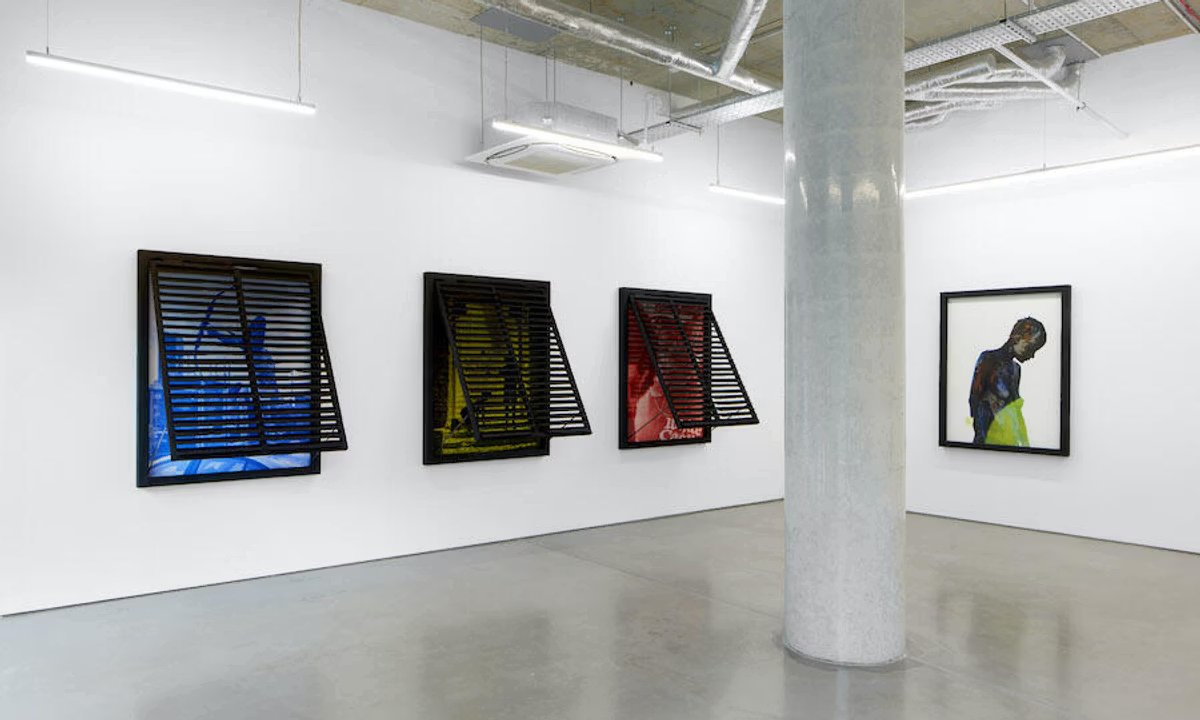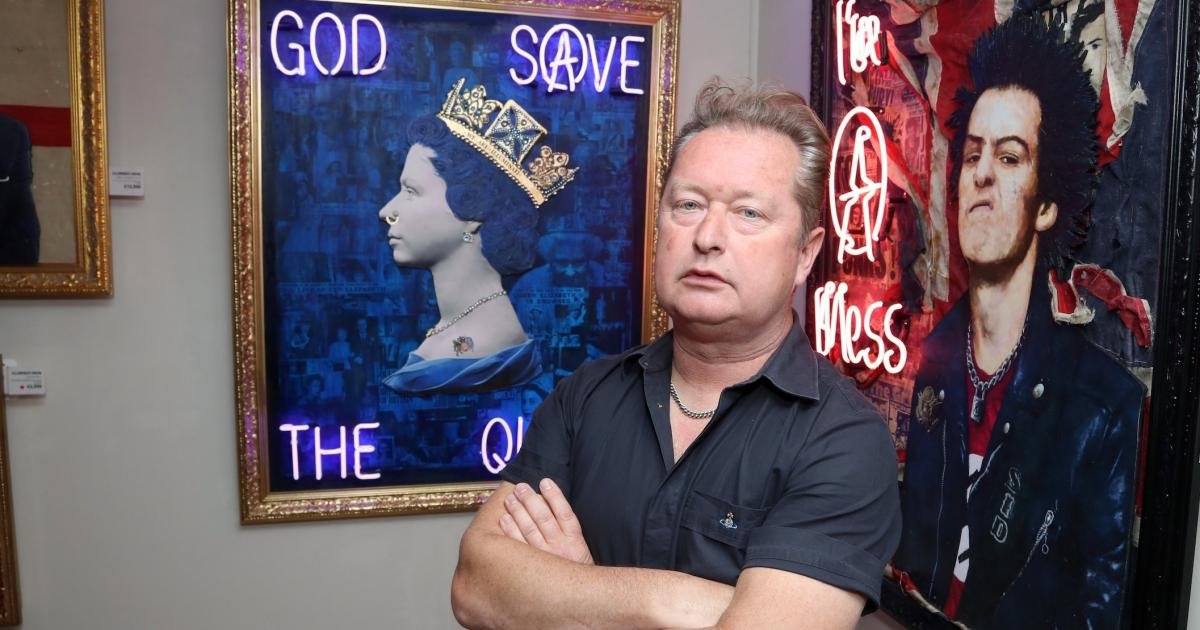The seat of justice might not be a place you’d expect to find hidden secrets.
But that’s exactly where an art restoration team revealed undisclosed facts — evidence in answering key questions in a cold case: Who painted the ceiling murals in the west courtroom of the Licking County Courthouse and when?
Two stories above Judge Thomas Marcelain’s bench in that courtroom, a secret that had been hidden by a dark veneer of aging varnish, coal dust and grime was the first to be found — the signature of an artist who helped turn this stately space into a museum.
A. Bassi — as in Adèle Bassi, a 19th century artist known for painting elegant portraits.
“A woman!” said a beaming Elizabeth Kendall, also an artist and director of Parma Conservation — the Berwyn, Illinois, firm that is performing the delicate and painstaking work of restoring Bassi’s paintings in the courtroom and work by other artists.
Not only was Bassi’s signature hidden for much of the past century, but so was most of the Italian American’s artistry because the ceiling had turned dark and dingy.
Kendall is working with her husband, Peter Schoenmann, who is also a director at Parma Conservation, and two colleagues in the courtroom in downtown Newark. Kendall was somewhat surprised, and clearly pleased, to learn that a woman had been hired in the late 1800s to fill this lofty space with her paintings.
But there’s more. Because of important details within Bassi’s artwork, the restoration team has a clear idea of when she painted the murals — sometime after 1895, probably around 1900 to 1905, which would be 24 or more years after courthouse construction began in 1876.
How do they know that?
Schoenmann pointed to the image of a device at the feet of a couple of mythical characters floating in a mural above the main entrance to the courtroom — just to the left of where Marcelain sits when he’s on the bench.
It’s a crude device — a mess of wires, some wrapped around a couple of spools — that some people today might mistake for a homemade bomb. Except for the one wire strung above the two spools that looks a little like an antenna.
And, in fact, it is an antenna — on the first radio, which was invented by another Italian, Guglielmo Marconi, and first used around 1895.
“To find something like this is phenomenal,” Kendall said.
“It was a little like Christmas every day,” she said about finding treasures such as Bassi’s signature and revealing images that had been hidden for so long.
County Commissioner Tim Bubb, who has helped lead a 10-year, $18.2 million restoration of the entire courthouse and has made numerous visits to the building to follow the historic preservation efforts, was giddy at the news.
“What a revelation!” he said, stunned and excited to learn that the artwork was added more than two decades after the courthouse was built. “You’re blowing me away! I’m absolutely blown away.”
All six of the ceiling murals were painted on canvas, probably in Bassi’s New York studio, and transported to Newark, Schoenmann said.
Much of the work to restore artwork throughout the courtroom is tedious. Some of it is neck-kinking, particularly the ceiling work. And a few pieces offered significant challenges.
The one depicting Marconi’s radio was one of them. Not only had a leak damaged the canvas, but it also had damaged the ceiling above it — as was the case with a few other murals. But another, perhaps greater challenge with this mural was that some Denison University art students were asked in 1971 to repair and restore part of that mural.
“They did a well-meaning job,” Schoenmann said as Kendall wrinkled her nose.
In short, and to be kind, that repair was pretty rough. And in fairness, Schoenmann said, “they didn’t know what to paint.”
That’s because they didn’t clean the image first to remove old, darkened varnish and decades of dirt to reveal the fine points of the original painting. And also, for that same reason, they used paint that was much darker than the original hidden beneath the grime. And it was permanent paint, not the reversible type of paint used by art restorers today.
For those reasons, that mural and two others were removed from the ceiling and taken back to the Parma Conservation studio in Illinois, where artists could do a proper restoration. At the same time, workers from Conrad Schmitt Studios, of New Berlin, Wisconsin, repaired the ceiling and the surrounding decorative elements.
Philip Atilano of Conrad Schmitt is leading the overall restoration of the courtroom’s fine points — plaster corbels, crown molding with “egg and dart” details, faux marble and stained glass — in concert with Robertson Construction, which is the general contractor for the job.
Conrad Schmitt is also working across the street from the courthouse on the restoration of the historic Sullivan Building, built in 1914 as the Home Building Association.
Kendall and Schoemann said they haven’t found a lot of detail about Adèle Bassi, but they say it’s clear from her ceiling murals, and from other paintings by her that they have found online, that she studied Italian old masters.
“Some auction records show that she replicated works by Titian (Tiziano Vecellio), Raphael and Carlo Dolce,” they wrote in a paper about their findings. “From this, we can infer some aspects about her artistic taste and influences.”
“How she came to garner the commission to paint murals at Licking County Courthouse is unknown,” they wrote. “They are classical allegorical murals depicting eclectic themes that reference Greek mythology. The female figure is predominately portrayed to communicate grace and innocence. In one of the large ceiling murals, for example, a central female figure in the clouds can be seen positioned near a globe and some books, suggesting she may represent the goddess Gaia, symbolizing divine wisdom.”
Near that figure is a rendering of Guglielmo Marconi’s radio.
And a story below that, on scaffolding that filled the courtroom from floor to ceiling and wall to wall, was Ewa Devereux and John Salhus, who stood for hours and days leaning over metal railings, mixing dabs of paint and delicately touching up century-old paintings on the courtroom walls.
“It’s very challenging,” Kendall said.
Unlike the legend of Michelangelo in the Sistine Chapel, the artists don’t lie on their backs on scaffolding to work on the ceiling, but they do wear neck braces while standing with their heads bent back for hours to retouch ceiling murals.
All of the artwork first was cleaned with mild solvents to remove dirt and old varnish. Then, new varnish was applied so that any touch-up work is on top of the varnish and could be removed in the future.
In a few weeks, the courtroom artwork went from looking like they were covered in mud to vivid pastels.
“The time of day is changing from midnight to daylight,” Schoenmann said as he kneeled on scaffolding and gazed at a mural of goddesses and cherubs.
Alan Miller writes for TheReportingProject.org, the nonprofit news organization of Denison University’s Journalism program, which is supported by generous donations from readers.





